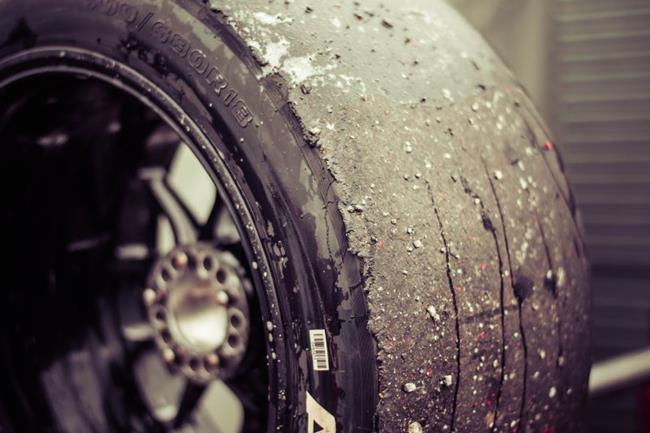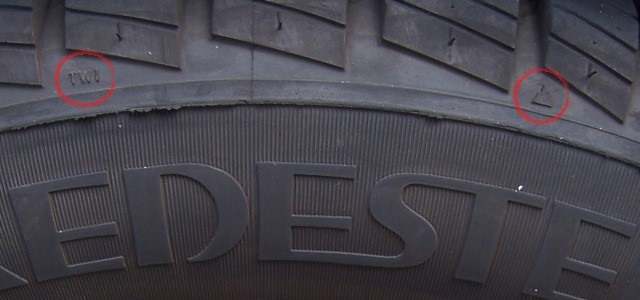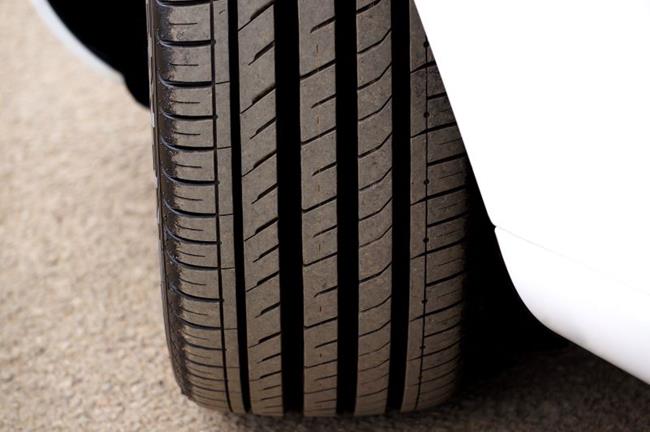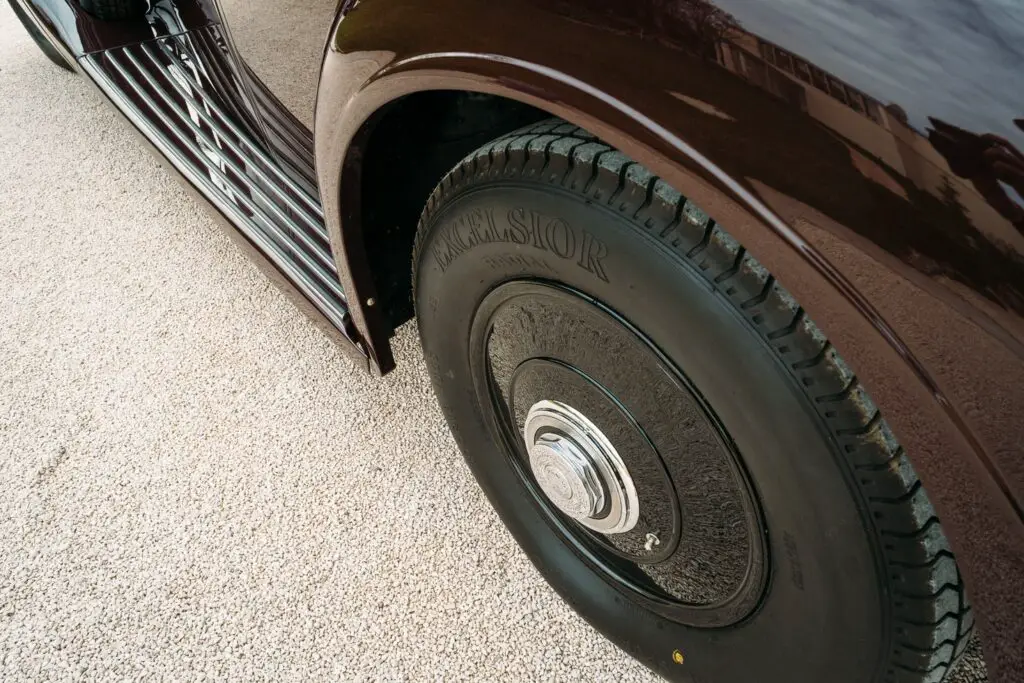How long will your tires last? Good question! Without tires, driving a vehicle on the road is impossible. But nothing lasts forever. Whether you use your tires regularly or only from time to time, at some point, they have to be replaced. But how long do tires last? We clarify this in this article.

The lifespan of the tires
The actual tire age can be seen from the DOT number, which is marked on the side of each tire. This is a four-digit number for current tires representing the week and year of manufacture.
An example: A tire with the DOT number 2415 was manufactured in the 24th calendar week of 2015.
Tires that are older than 6 years should no longer be driven. Some manufacturers even market their tire lifespan with up to 10 years. On average, the maximum durability of car tires is 6 years. But not only age itself leads to wear and tear.
Basically, you can say that a vehicle that always drives in a straight line with new tires at the same speed has the least amount of wear. However, this is impossible in practice.
How long can you drive tires?
First of all, the total number of kilometers driven determines the wear and tear of the rubber. Ultimately, the operation leads to friction between the ground and the tire, which over time removes the top layer of the tire. The surface type is also an essential factor, as flat asphalt is less of a burden on the rubber than a holey, pebbly road.
Many corners also affect the condition of the tires. Last but not least, tire pressure is also crucial. Too low a pressure means more tire surface touches the ground and increases tire wear. Make sure you have the appropriate air pressure for the load.
If you ask the legislature how long tires are allowed to run, you get a clear answer: a tire is no longer permitted with a tread depth of 1.6 mm. However, this is extremely small. That returns us to the question, “How long can you drive tires?”

How long do winter tires last
Winter tires contain a rubber compound that remains flexible even at very low temperatures to ensure good grip on the asphalt. They are marked with “M + S” (for mud and snow) and, since 2018, have also had the Alpine symbol (a mountain with a snowflake) next to them.
The tire profile of winter tires mainly consists of more profound and broader grooves and additional sipes that “interlock” with the snowy or icy road surface when driving and thus prevent slipping.
If tires are used in high temperatures and summer road conditions, they wear out faster, and their service life is shortened. It is therefore important to have the right tires fitted for the right time of year.
In addition to wear and tear, winter tires in summer also lead to longer braking distances and an increased risk of aquaplaning.
Winter tires should be changed after a maximum of 40,000 km or 6 years. But here, too, the tread depth is decisive. If this is less than 1.6 mm, the tires must be replaced. The ADAC recommends buying new tires with a tread depth of 4mm.
How long do summer tires last
Summer tires are designed for road conditions with moderate to hot temperatures. Even at higher temperatures, this rubber compound does not become too soft. Therefore, the use of summer tires is recommended from Easter to October.
In addition, the profile of summer tires is designed in such a way that it can also evacuate large amounts of water, which reduces the risk of aquaplaning. But that only works if the profile is correspondingly deep.

That is why, according to the law, summer tires must have a tread depth of at least 1.6 mm. The recommendation for a tread depth of at least 3 mm for summer tires is due to the greatly increased risk of longer braking distances and poorer water evacuation.
You should change the summer tires when they have been driven about 40,000 km, or at the latest after 6 years, as the rubber wears out over time and becomes porous.
How long do all-weather tires last
All-season tires (or all-weather tires) are a compromise between winter and summer tires. Not only in terms of the tread pattern but also in terms of the rubber compound, they have similarities with the seasonal tires.
However, they are not as beneficial as summer tires in summer (longer braking distance, more fuel consumption) and not as good as winter tires in winter. They are better suited than summer tires for the cold season and better than winter tires for the heat.
All-weather tires have a significantly lower life expectancy than summer or winter tires. They are no longer recommended after an average of 35,000 km (or 2-4 years). At the end of the day, however, the tread depth is decisive here too. Since all-season tires are also used in winter (as long as they have the appropriate identification, i.e., the Alpine symbol), you should replace them with a tread depth of 4 mm. A depth of 1.6 mm is also legally permitted.

Conclusion: how long can you drive car tires?
If a tire is not damaged, it should be replaced when the tread depth is 4 to 3 mm at the latest – regardless of whether it is summer, winter, or all-weather tires. Nevertheless, according to Bridgestone experts, you can still drive with legally approved tires up to a tread depth of 1.6 mm.
What should also not be forgotten is that the proper storage of the tires also has an effect on the service life, as the rubber is attacked by various influences such as light and heat, but also by contact with oil, gasoline, grease, and solvents this can significantly shorten its shelf life. You should therefore dispose of tires that are more than 6 years old.

